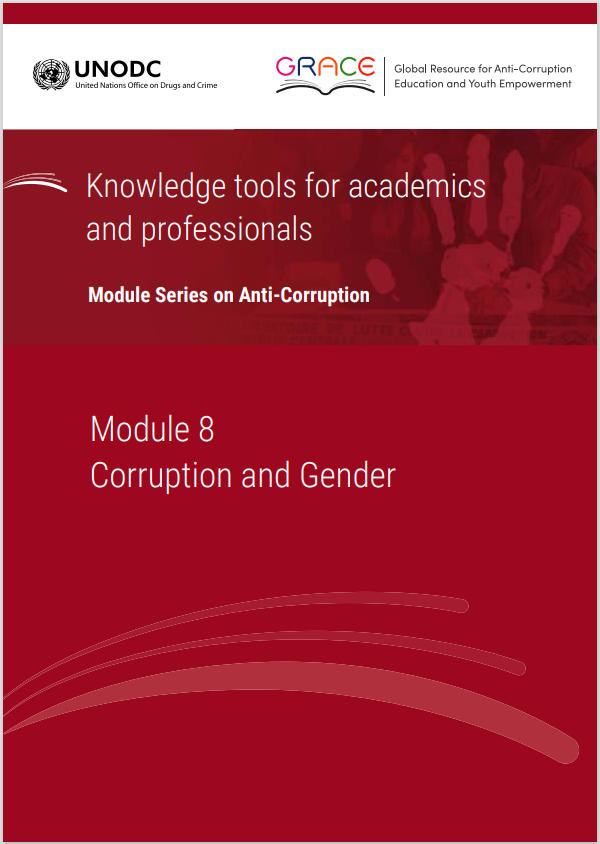This module is a resource for lecturers
Defining sex, gender and gender mainstreaming
It is useful for students to understand the main differences between sex and gender, as these concepts are often conflated in discussions of gender and corruption. At its most basic: While "sex" is rooted in biological differences between men and women, such as genetic differences, and tends to be discussed in binary terms, "gender" involves the social meanings given to these biological differences. How gender is understood varies across and within societies and may relate, among other things, to an individual's identity, social norms and expectations related to gender roles, context, and systems of power such as a patriarchal society or context. More comprehensive definitions of gender and sex from the World Health Organization (WHO) are available here. A related account of Goal 5 of the SDGs, focusing on gender equality, is available here. Gender-related terms are also defined and discussed in Module 9 of the E4J University Module Series on Integrity and Ethics and in Module 9 of the E4J University Module Series on Crime Prevention and Criminal Justice.
Another important concept within the gender and corruption discussion is "gender mainstreaming". In 1997, the United Nations Economic and Social Council (ECOSOC) defined gender mainstreaming as:
The process of assessing the implications for women and men of any planned action, including legislation, policies or programmes, in all areas and at all levels. It is a strategy for making women's as well as men's concerns and experiences an integral dimension of the design, implementation, monitoring and evaluation of policies and programmes in all political, economic and societal spheres so that women and men benefit equally and inequality is not perpetrated. The ultimate goal is to achieve gender equality.
The concept of gender mainstreaming has increasingly been considered as a means of deterring corruption and is discussed in more detail below. An example of how a United Nations organization approaches this area can be seen in UNODC's Guidance Note on gender mainstreaming.
 Next: Gender differences in corruption
Next: Gender differences in corruption
 Back to top
Back to top
